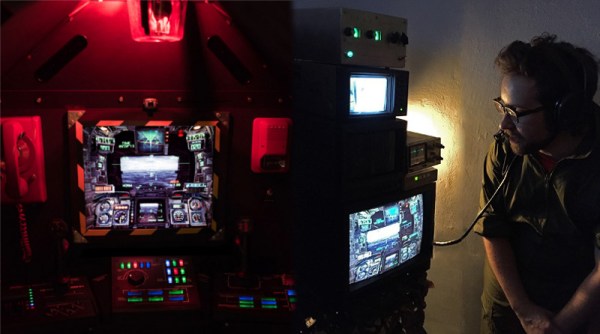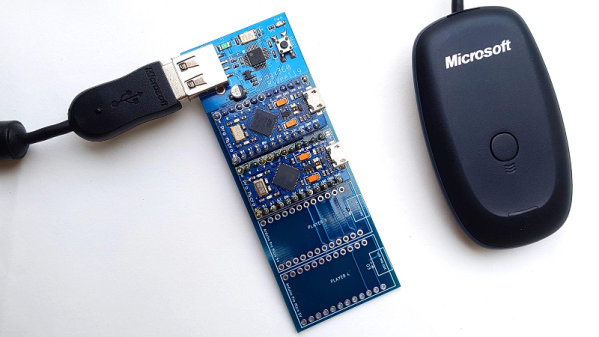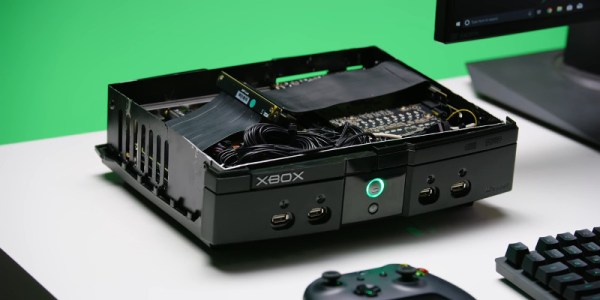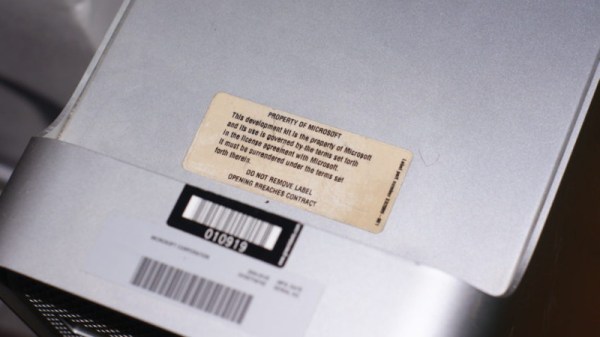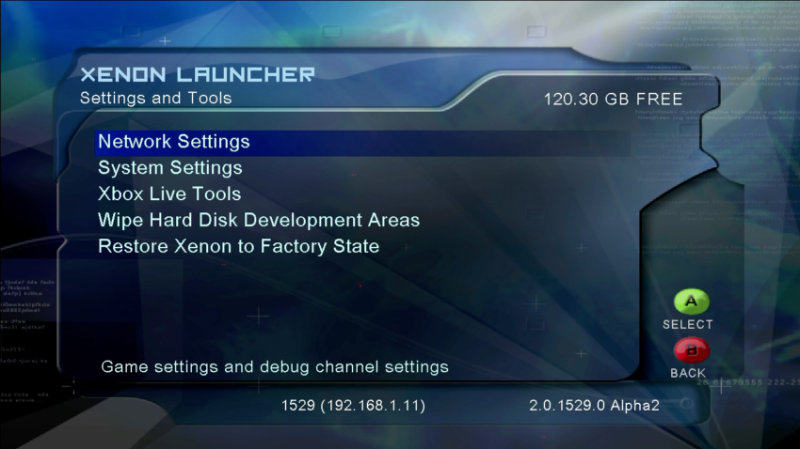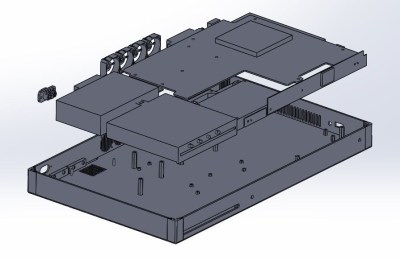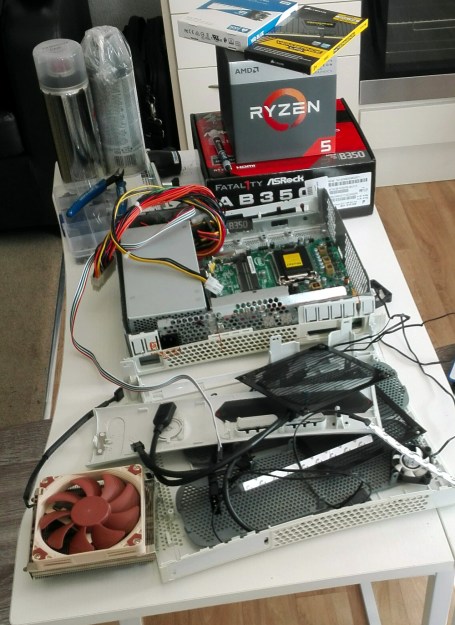Steel Battalion was released for the Xbox in 2002, and remains one of the most hardcore mech simulators of all time. It became legendary for its huge twin-stick controller covered in buttons, and for deleting your save game if you failed to eject in time. It took giant robot gaming to a new level, but fundamentally, you were still playing in front of a TV at home. Things really got serious in 2015, with the completion of the Big Steel Battalion Box – the battlemech cockpit of your dreams.
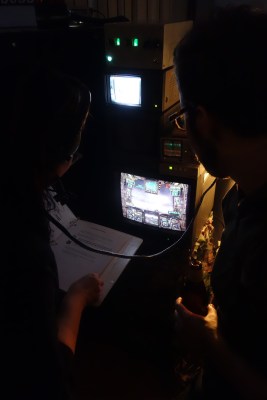
If you’re thinking this is just a television in a dark room with some stickers, you’d be very wrong. The Imgur thread covers the build process, and it’s one heck of a ride. Things started with a custom cabinet being built, intentionally sized to induce claustrophobia. There’s a swivelling seat with a 4-point harness, and a hatch to seal the player inside. During initial testing of the box to determine how dark it was, one of the makers was trapped inside and had to call for help. That should highlight how serious the build really is.
The controller was modified and hooked up to custom electronics to add realistic effects. Get hit? Feel the seat rumble thanks to motors and a subwoofer in the base. Mech terminally damaged? The entire cockpit is bathed in flashing red light. There’s even smoke effects rigged up to make things even more stressful during battle.
The entire setup is connected to the outside world, where a coach can view the action inside through a video feed from the Xbox and several internal cameras. A basic manual is provided to help the coach keep the player alive during their first moments of combat. This is courtesy of a custom intercom setup, built using surplus Chinese aviation headsets. There’s even a red telephone to give that authentic military feel.
It’s a build that covers just about every detail you could think of. If you’re keen to try it out, it’s on permanent loan to The Museum of Art And Digital Entertainment in Oakland, California. It recalls memories of a similar build created to play Artemis. Video after the break.
Continue reading “An Epic Mech Cockpit Build For Steel Battalion”

